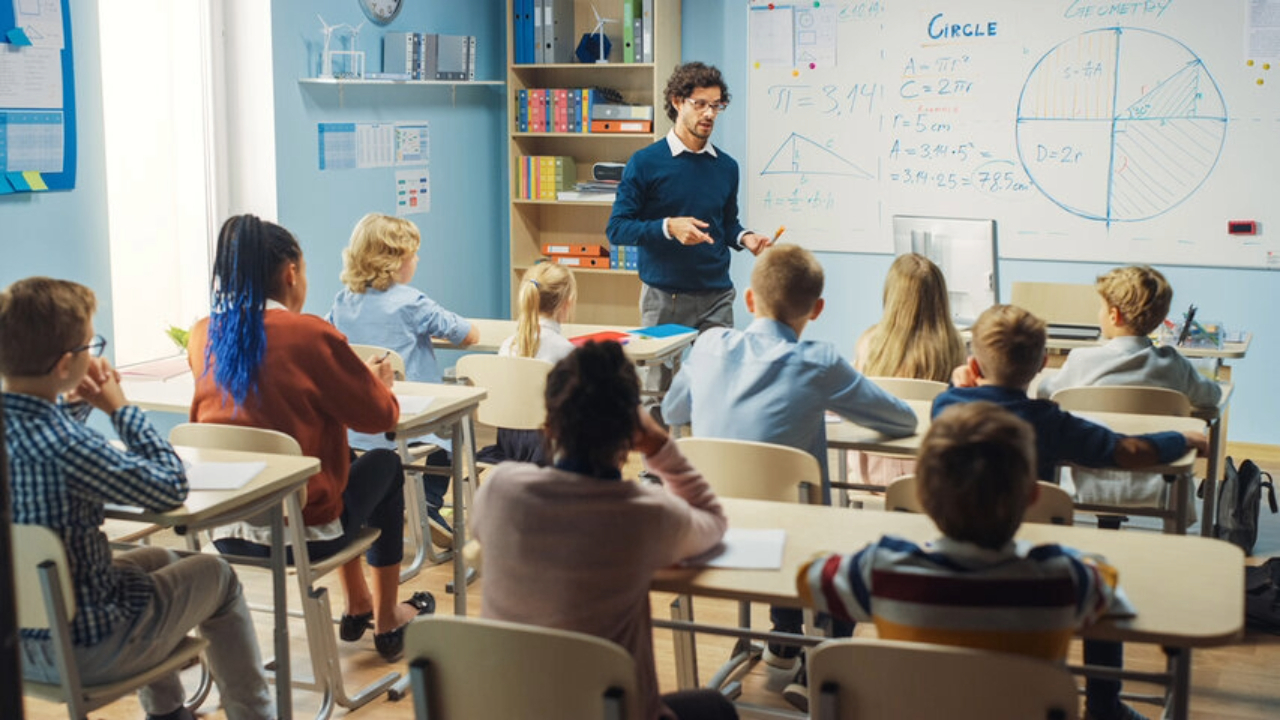Leveraging a Global Network of Schools During a Pandemic and Building a Culture of Innovation

Dwight’s global network of International Baccalaureate World Schools was uniquely positioned to share lessons learned from those campuses that had reopened with fellow educators, including peers at other Dwight Schools.
Dwight School in New York, founded in 1872, is the flagship School in our network, which includes campuses in London, Seoul, Shanghai, Dubai, and in the cloud — Dwight Global Online School. While each School operates differently based on government stipulations in their home countries and has different cultural norms and behaviors, all share the same mission of personalizing the educational journey for every student based on their talents and passions, which we call “igniting the spark of genius in every child.”
The First to Close and the First to Reopen
Dwight Schools in Asia were the first in our network to navigate the uncharted COVID-19 waters by closing and shifting to virtual learning beginning with Shanghai Qibao Dwight High School in January 2020, followed by Dwight School Seoul. Dwight School London was next in line. They reopened in the same sequence a few months later — each without one COVID-19 case — completing the school year in person. Dwight Schools in New York and Dubai remained closed with robust virtual learning in place through the end of the year.
Thanks to Dwight Global Online School — ranked the #2 best online school in the U.S. by Newsweek — our brick-and-mortar campuses were ahead of the curve in upskilling faculty to make the switch to virtual teaching with guidance from Dwight Global experts.
Last summer, associations of independent schools in New York, Washington, D.C., and Maryland invited our global Heads of School to speak to their members about reopening in the new COVID-19 world. We logged on from different time zones to discuss many topics, including: health and safety protocols, curriculum and classroom modifications, scheduling and the creation of learning cohorts, budgeting, transportation guidelines, admissions, and the social and emotional impact of COVID-19 on the entire School community. With a focus on what worked well and where things could be improved, Dwight leaders shared how they planned to welcome students back at summer’s end based not only on their own reopening experiences to date, but also on those of sister schools, underscoring the benefits of being part of a global network.
Designing and Implementing a Strategic Plan
Using Dwight in New York as the example, we built on this invaluable foundation while also consulting with local experts in the Department of Health and engineers to evaluate all of our procedures and facilities through the new COVID-19 lens. We tested air flow and ventilation systems, replaced air conditioning units, and added HEPA air purifiers with UV sanitizers; we staggered entry and exit times, created one-way traffic pathways to reduce crowding in hallways and on stairways; and reconfigured classrooms and public spaces to ensure social distancing. Additionally, we created small pods of younger students who would be together full time, along with cohorts of older students in a hybrid learning model, alternating in-person and synchronous online learning days. Our teachers and staff were empowered to find new and creative ways to collaborate safely; and continued to plan meaningful virtual events, concerts, plays, exhibitions, and celebrations for students. In sum, we revisited all aspects of teaching, learning, and life on campus and redesigned them strategically as needed. We drew on best practices from our global campuses to ensure that we were well-positioned to continue delivering a world-class education to students from preschool through grade 12.
With this extensive preparation in place, we shared an in-depth reopening plan with community members outlining policies and procedures for daily health screenings via an app, COVID-19 testing, traveling, quarantining, and much more before school began to reduce anxiety about what to expect. Baked into our plan was the reality that we needed to continue to be responsive to the changing face of the virus and the ever-evolving guidelines around it.
While prioritizing health and safety for all community members, we also prioritized the learning, emotional, and social needs of students, as well as the well-being of our faculty, staff, and parents. All in all, it takes a village to run a school under normal circumstances — amid a public health crisis, it takes a flexible, adaptable, resilient, and innovative village.
Stay up to date
Subscribe to the free GESS Education newsletter and stay updated with the latest insights, trends, and event news every week. Your email address will remain confidential

